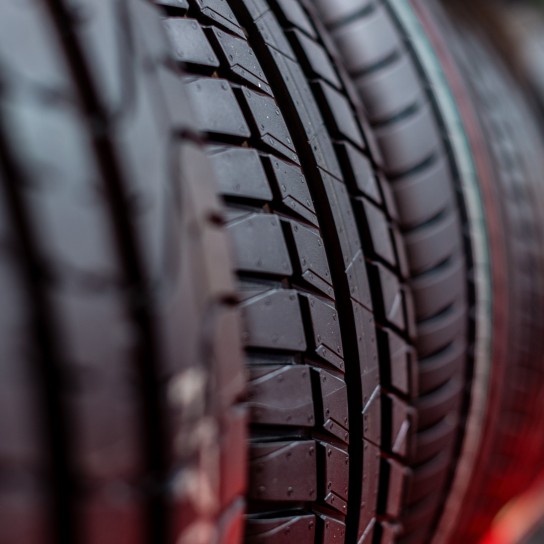Want more information on our Coatings & Construction products?
We are committed to providing our customers with high-quality chemicals. To learn more about our distribution services and products we offer follow the links below.
The term “elastomer” is derived from “elastic polymer,” frequently interchanged with the term “rubber.” An elastomer is a polymer that has extremely weak inter-molecular forces and, generally, a low Young’s modulus. It is viscoelastic, which means it has both elasticity and viscosity. Each one of the monomers that have to link in order to form the polymer are typically made of hydrogen, carbon, silicon or oxygen.
Compared to various materials, elastomers have a high failure/yield strain. They are amorphous when they exist above their glass transition temperature — they allow the possibility of significant segmental motion. Because of this, the rubbers are relatively deformable and soft (E~3MPa) when they are at ambient temperatures. Most elastomers are thermosets and require curing by heat, irradiation or chemical reaction.

There are two primary categories for elastomers:

The use of elastomers spans across several important industries — they’re used in products around the world for their flexibility, elasticity, insolubility, lack of melting and other prominent features.
Adhesives and sealants
There are some adhesives based on silicones, some on modified silane, some with two-component polyurethane and others with one-component polyurethane. Elastomer is used in each one of those, including sealants and more, to form highly effective material.
Construction
The adhesives often made from a wide variety of elastomers are heavily used in the construction industry during day-to-day operations. Sealants and caulking are used to fill cracks and gaps.
Consumer products
The plethora of consumer products that use elastomer for its desirable characteristics would be a lengthy list. Some examples include shoe soles made from natural rubber , wetsuits from neoprene, baby pacifiers from silicone, elastic clothing made from polyurethane and much more.

Industrial products
Industrial products and tools often contain or require various elastomers, such as neoprene used in industrial belts, silicone for required lubricants and mold and natural rubber applied to gaskets and polyurethane.
Medical products
Think about medical prosthetics, molds, lubricants and other products that require a superior level of thermal and chemical resistance. Silicone, an elastomer, is often used for these and other goods.
Motor vehicles
Thermoset elastomers are much more resistant to melting which makes them valuable in motor vehicles for tires, certain seals throughout the automobile’s design and several other components exposed to heat during operation. Versions like polybutadiene offer extraordinary wear resistance, which is even more useful on tires.
Wire and cable
Elastomers like neoprene are highly heat-resistant and easily elongated, which makes them perfect for wire insulation.